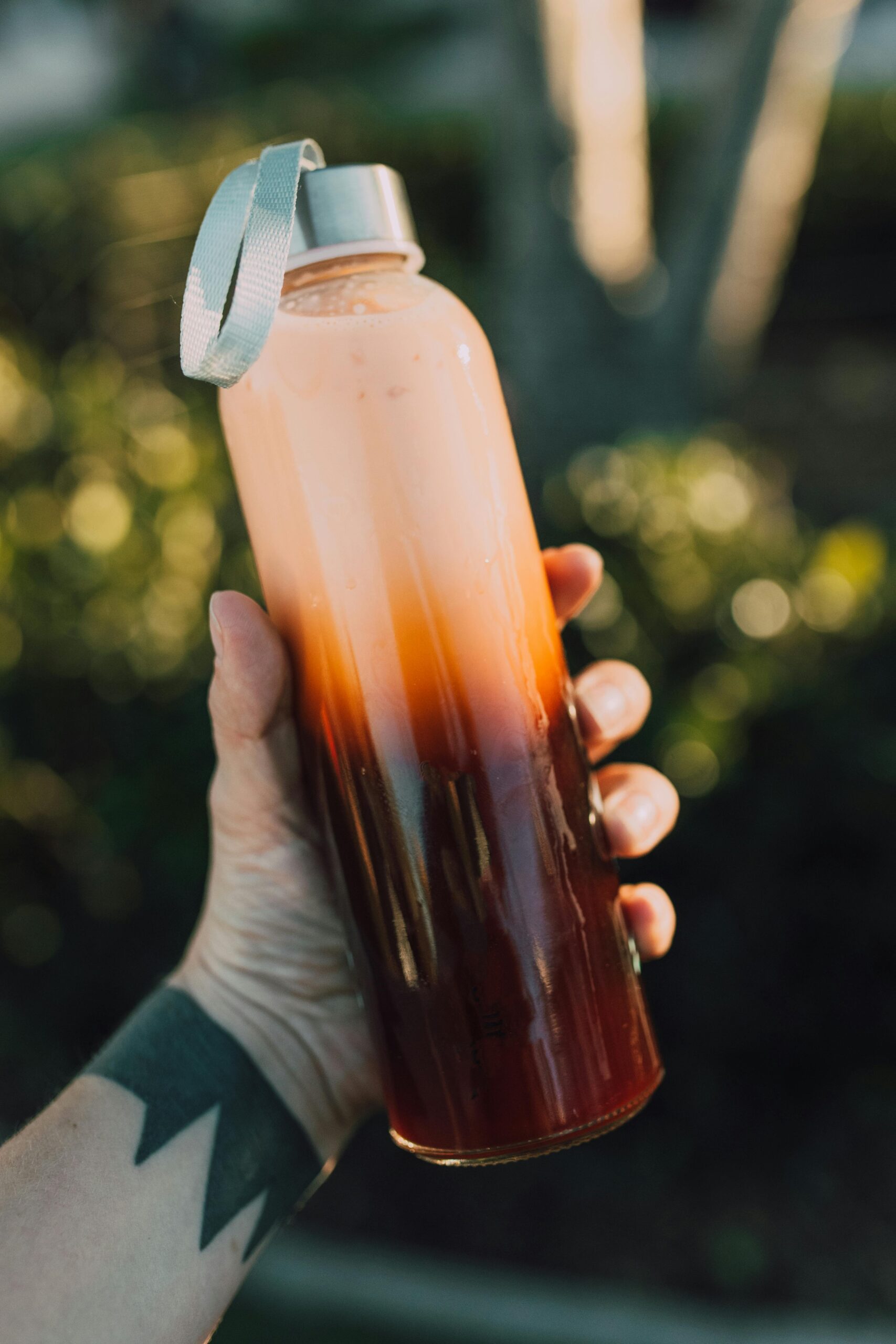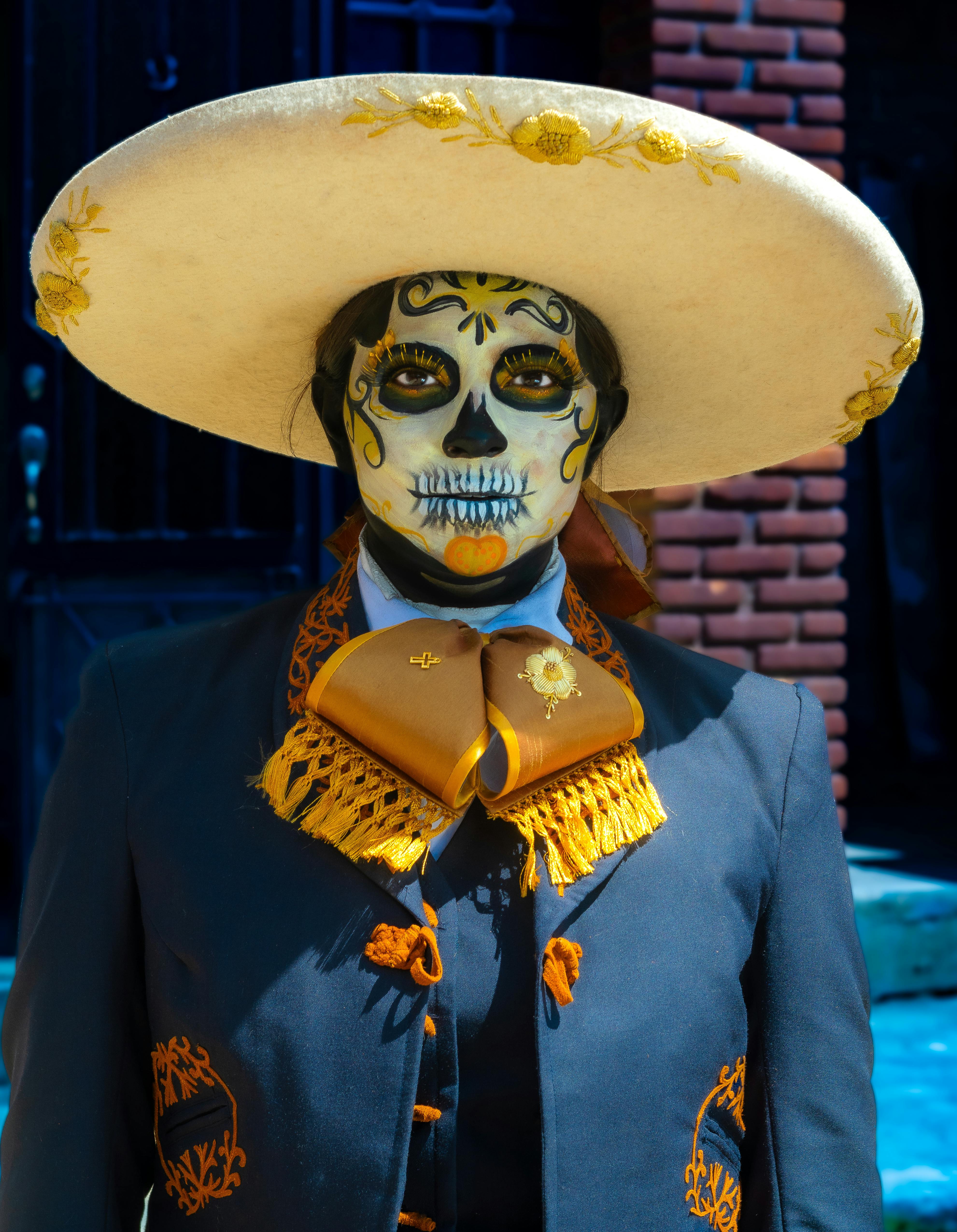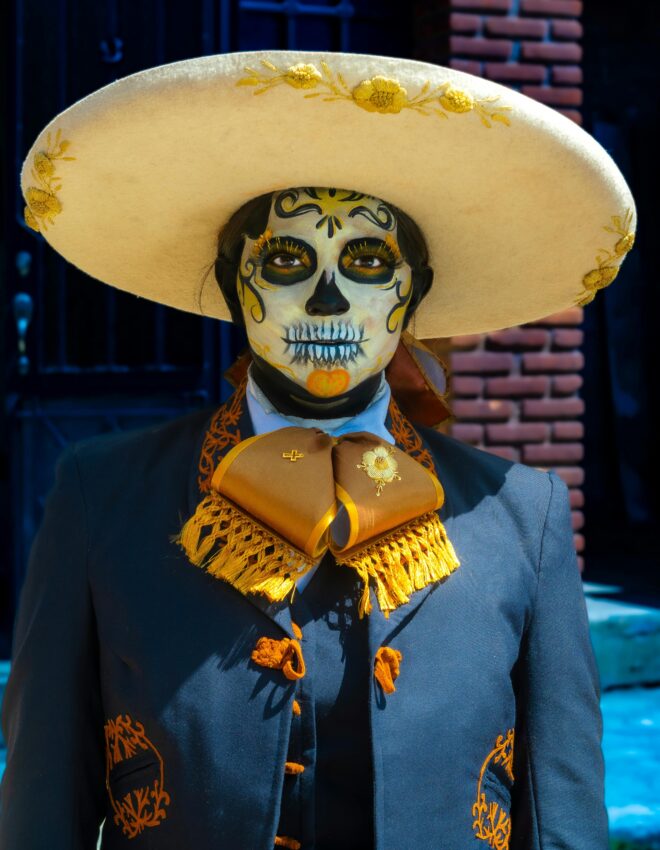How Do I Capture Drone Photos Of Wildlife Without Causing Disturbance?
Have you ever wanted to capture stunning aerial shots of wildlife using a drone, but worried about causing disturbance to the animals? With the increasing popularity of drone photography, it’s important to be mindful of the impact drones can have on wildlife. In this article, we’ll explore how you can capture drone photos of wildlife without causing disturbance. Let’s get started!
Understanding the Impact of Drones on Wildlife
Before we dive into how to capture drone photos of wildlife without causing disturbance, let’s first understand the impact drones can have on wildlife. Drones can be a useful tool for photographers and researchers to study wildlife from a safe distance, but they can also cause stress and disturbance to animals if not used properly.
When drones fly too close to wildlife, they can disrupt their natural behavior, cause stress, and even lead to abandonment of nests or habitats. This can have negative consequences on the health and well-being of the animals, as well as impact the overall ecosystem.
Why is it Important to Minimize Disturbance?
It’s important to minimize disturbance when capturing drone photos of wildlife because we want to ensure the safety and well-being of the animals. By causing stress or disruption to wildlife, we are impacting their ability to thrive and survive in their natural habitats.
As responsible photographers and nature enthusiasts, it is our duty to minimize our impact on wildlife and respect their space. By following certain guidelines and best practices, we can still capture amazing drone photos of wildlife while ensuring the animals are not harmed in the process.

This image is property of images.pexels.com.
Best Practices for Capturing Drone Photos of Wildlife
Now that we understand why it’s important to minimize disturbance when capturing drone photos of wildlife, let’s explore some best practices that you can follow to ensure you’re being a responsible drone pilot.
1. Maintain a Safe Distance
One of the most important things to remember when capturing drone photos of wildlife is to maintain a safe distance from the animals. Be sure to familiarize yourself with the laws and regulations regarding drone flights near wildlife, and always adhere to them.
2. Fly Quietly and Respectfully
When flying your drone near wildlife, be sure to fly quietly and respectfully. Avoid sudden movements or loud noises that could startle the animals, and always keep a steady and consistent pace. This will help to minimize disturbance and ensure the animals remain calm.
3. Avoid Flying Over Nests or Habitats
It’s crucial to avoid flying your drone over nests or habitats of wildlife, as this can cause stress and disrupt the animals. Be mindful of their feeding and breeding grounds, and always give them plenty of space to carry out their natural behaviors without interference.
4. Use a Telephoto Lens
To capture detailed and up-close shots of wildlife without disturbing them, consider using a telephoto lens on your drone. This will allow you to zoom in on the animals from a safe distance, while still capturing stunning and high-quality images.
5. Be Mindful of Flight Patterns
When flying your drone near wildlife, be mindful of your flight patterns and avoid flying in a way that could startle or stress the animals. Keep your movements smooth and controlled, and always maintain a safe distance to minimize disturbance.

This image is property of images.pexels.com.
Tips for Ethical Wildlife Drone Photography
In addition to following best practices for capturing drone photos of wildlife, there are some additional tips that you can keep in mind to ensure you’re being an ethical wildlife drone photographer.
1. Research the Wildlife’s Behavior
Before you fly your drone near wildlife, take the time to research the behavior of the animals you’ll be capturing. Understanding their habits, feeding patterns, and social interactions will help you anticipate their movements and capture more natural and authentic shots.
2. Plan Your Shots Carefully
When planning your drone photography session with wildlife, be sure to plan your shots carefully and thoughtfully. Consider the lighting, background, and composition of your shots, and always prioritize the well-being of the animals over getting the perfect shot.
3. Be Patient and Respectful
Patience is key when capturing drone photos of wildlife, as animals may be unpredictable and move at their own pace. Be prepared to wait for the perfect moment to capture your shots, and always respect the animals’ space and boundaries.
4. Practice Responsible Editing
When editing your drone photos of wildlife, be sure to practice responsible editing techniques that do not alter or manipulate the animals’ appearance or behaviors. Remember that authenticity is key in wildlife photography, and always strive to capture the animals in their natural state.
5. Share Your Knowledge
As a responsible wildlife drone photographer, it’s important to share your knowledge and experiences with others. Encourage your fellow photographers to follow ethical guidelines and best practices when capturing drone photos of wildlife, and help raise awareness about the importance of minimizing disturbance.

This image is property of images.pexels.com.
Conclusion
Capturing drone photos of wildlife can be a rewarding and exhilarating experience, but it’s crucial to do so in a responsible and ethical manner. By following best practices, tips, and guidelines for minimizing disturbance, you can capture stunning aerial shots of wildlife while ensuring the animals remain safe and undisturbed.
Remember to maintain a safe distance, fly quietly and respectfully, avoid hovering over nests or habitats, use a telephoto lens, and be mindful of your flight patterns. By practicing ethical wildlife drone photography, you can enjoy the beauty of nature while respecting the animals that call it home. Happy flying!

